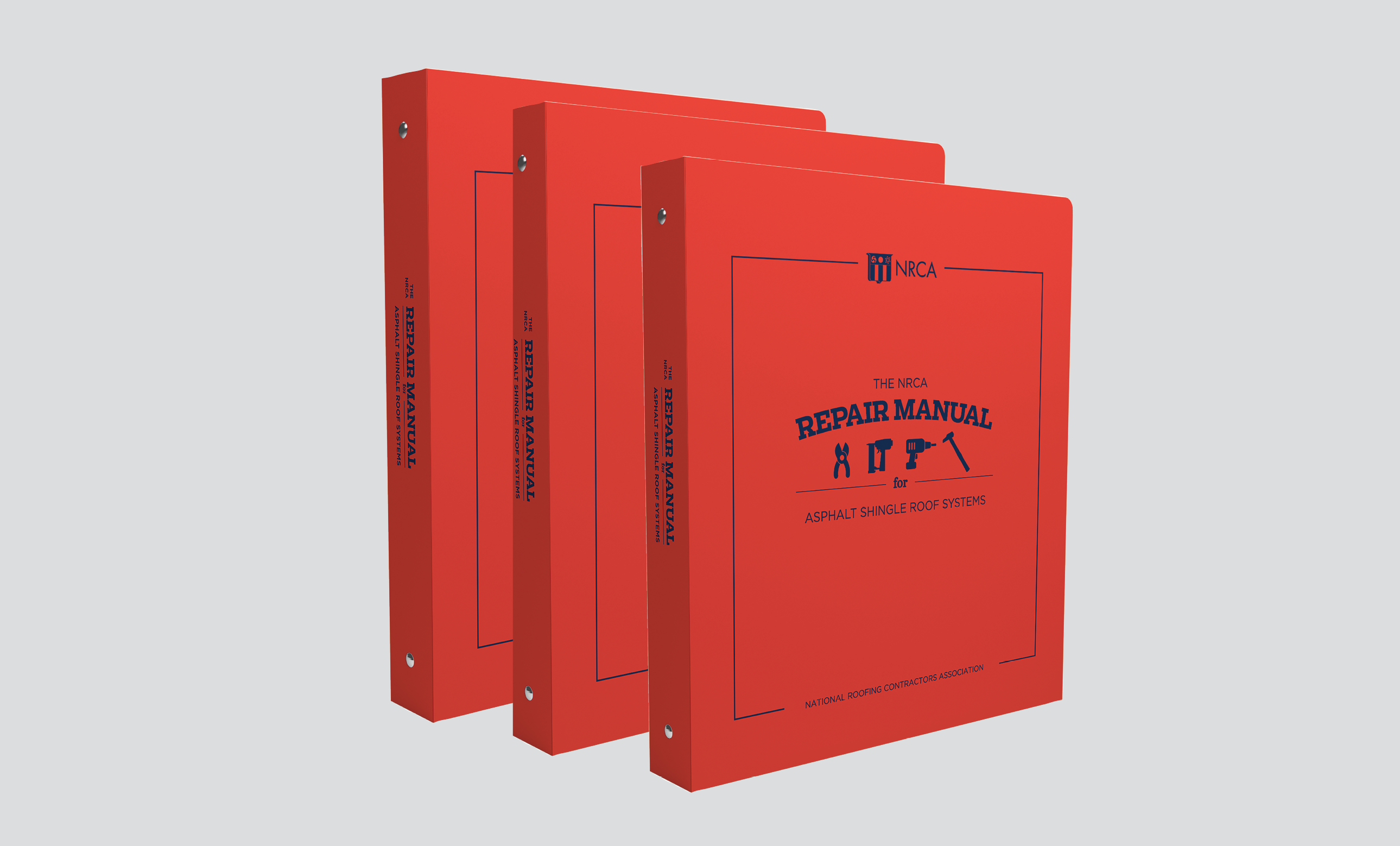
During autumn 2022, the National Labor Relations Board issued a Notice of Proposed Rulemaking addressing the standard for determining joint-employer status under the National Labor Relations Act. NRCA has serious concerns the proposed rule would negatively affect the roofing industry and filed comments on behalf of members urging NLRB to withdraw or substantially modify the proposal.
The standard
The joint-employer standard is used to determine when two or more entities are jointly responsible for the terms and conditions of employment for the same group of employees. These terms and conditions include but are not limited to having the ability to hire, fire, discipline, supervise and/or direct employees. Joint employers are responsible for bargaining with any union representing joint employees and mutually liable for NLRA violations for which either entity is responsible. Thus, joint-employer status results in significant changes to an employer’s liabilities and responsibilities under the law.
Under the current standard, entities only can be joint employers if they exercise direct and immediate control over the essential terms and conditions of employment. The standard provides clarity for businesses and protects them from unnecessary involvement in labor negotiations and disputes involving workplaces where they do not have any control. This is vital in the current complex and competitive markets in which businesses have contractual relationships with dozens or even hundreds of franchisees, vendors and contractors.
NLRB’s proposed rulemaking seeks to greatly expand the standard for determining joint-employer status under the National Labor Relations Act. It would do so by expanding the definition of joint employer to include any employer that “possesses the authority to control (whether directly, indirectly or both), or exercises the power of control (whether directly, indirectly or both), one or more of the employees’ essential terms and conditions of employment.” According to NLRB, the modification is designed to explicitly ground the standard in established agency principles and provide relevant guidance to entities covered by the National Labor Relations Act.
Potential problems
NRCA is concerned the proposed change will significantly adversely affect roofing industry employers if implemented. A much broader standard that establishes joint employers through evidence of any potential indirect control, even if unexercised, of the terms of employment will inject a high degree of uncertainty into this area of the law. Moreover, the proposed rulemaking contains numerous ambiguous definitions of the terms of the new standard, further increasing the level of uncertainty for employers, with small businesses likely to be affected most acutely.
In comments submitted to NLRB, NRCA highlighted two sections of the proposed rulemaking of greatest concern to the roofing industry. First, the proposed rulemaking fails to clearly specify the “essential terms and conditions of employment” that could possibly be used to constitute joint-employer status. The terminology is ambiguous and does not delineate the additional terms and conditions of employment regulated entities would need to consult to interpret and comply with the regulation.
Second, the proposed rulemaking would broaden the definition to such an extent that any evidence of potential control of employees by employers will be deemed sufficient to establish joint-employer status rather than the current threshold of substantial evidence. In fact, the proposed rulemaking appears to violate the Administrative Procedure Act, which holds that any agency regulatory action cannot be lawful if it is “unsupported by substantial evidence in a case.”
The changes in the joint-employer standard brought about by these two components of the proposed rulemaking would make it difficult to properly delineate employees from independent contractors or subcontractors in many instances. This would be particularly problematic regarding multi-employer worksites in the roofing and construction industries that often involve relationships among many different entities working on a large project.
NLRB states the proposed rulemaking applies to five categories of employer relationships, including contractors/ subcontractors, that are most likely to incur compliance costs under the new standard. NLRB readily admits it “does not have the means to identify precisely how many businesses are impacted by contracting and subcontracting within the U.S. or how many contractors and subcontractors would be small businesses as defined by the Small Business Administration.” However, the agency is apparently undeterred, stating these relationships are “potentially subject to application” of the broader standard despite not knowing the scope and effect on small businesses.
Looking out for you
NRCA believes NLRB is overstepping its authority in its interpretation of the law with the proposed rulemaking. NRCA’s comments urge the agency to withdraw or dramatically modify the proposed rulemaking to address NRCA member concerns. Final changes to the standard likely would not take effect until the end of the year or early 2024. NRCA will keep you informed of any updates and continue working to protect the roofing industry from problematic and overreaching regulations.
DUANE L. MUSSER is NRCA’s vice president of government relations in Washington, D.C.
This column is part of Rules + Regs. Click here to read additional stories from this section.



